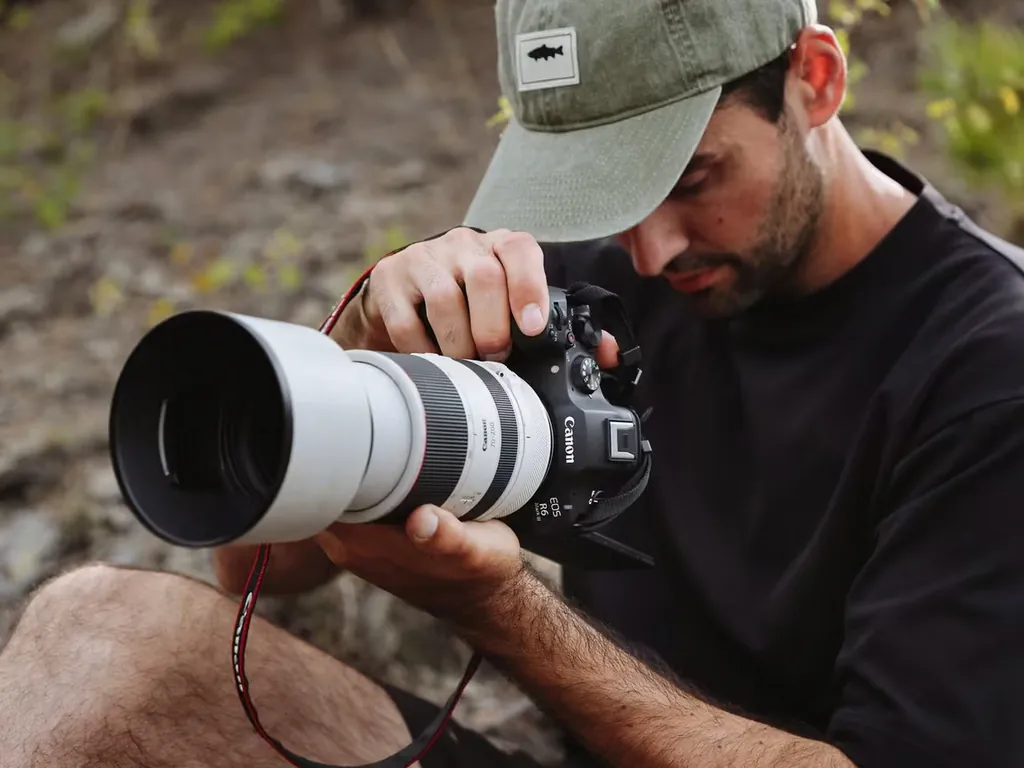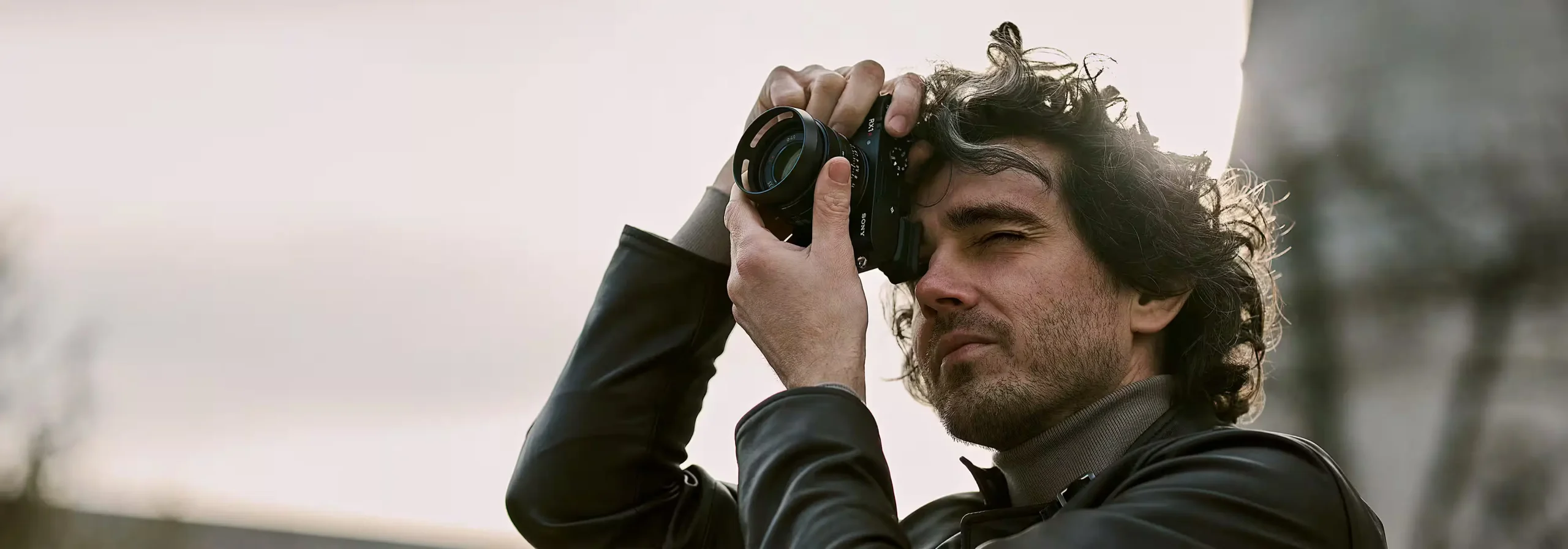The Ultimate All-in-One Zoom for Mirrorless APS-C Users?
When Sigma announced the world’s first 18.8x zoom starting at 16mm for APS-C mirrorless cameras, it immediately caught our attention. An all-in-one lens that starts wider than the competition while still reaching all the way to 300mm? It sounded almost too good to be true. After spending considerable time with this lens across various shooting scenarios, we’re ready to share our thoughts on whether this revolutionary zoom delivers on its ambitious promises.
Key Specifications
- Focal Range: 16-300mm (24-450mm equivalent in 35mm terms)
- Maximum Aperture: F3.5-6.7 (variable)
- Construction: 20 elements in 14 groups (including 1 FLD, 4 SLD, and 4 aspherical elements)
- Minimum Focus Distance: 17cm (W) – 105cm (T)
- Maximum Magnification: 1:2 at 70mm
- Filter Size: 67mm
- Image Stabilization: 6 stops at wide end, 4.5 stops at telephoto end
- Autofocus: High-response Linear Actuator (HLA)
- Weight: 615g (L-Mount, Sony E, Fujifilm X) / 625g (Canon RF)
- Dimensions: 73.8mm diameter × 121.4mm length

Design and Build Quality
The first thing that strikes you when handling the Sigma 16-300mm is how compact it is for its impressive zoom range. At just 615g, it’s remarkably lightweight considering it covers everything from wide-angle to super-telephoto. The lens feels solid and well-constructed with a quality plastic barrel and metal mount.
The zoom and focus rings operate smoothly, with the zoom ring offering just the right amount of resistance to prevent zoom creep while still allowing for quick adjustments. The inclusion of a zoom lock switch at the wide end is a thoughtful touch, though in testing, zoom creep wasn’t a significant issue.
What’s particularly impressive is the dust and splash-resistant construction, which together with the water and oil-repellent coating on the front element, makes this a lens you can confidently use in challenging conditions. During a light rain shower, the lens continued to perform flawlessly, with droplets easily wiping off the front element.
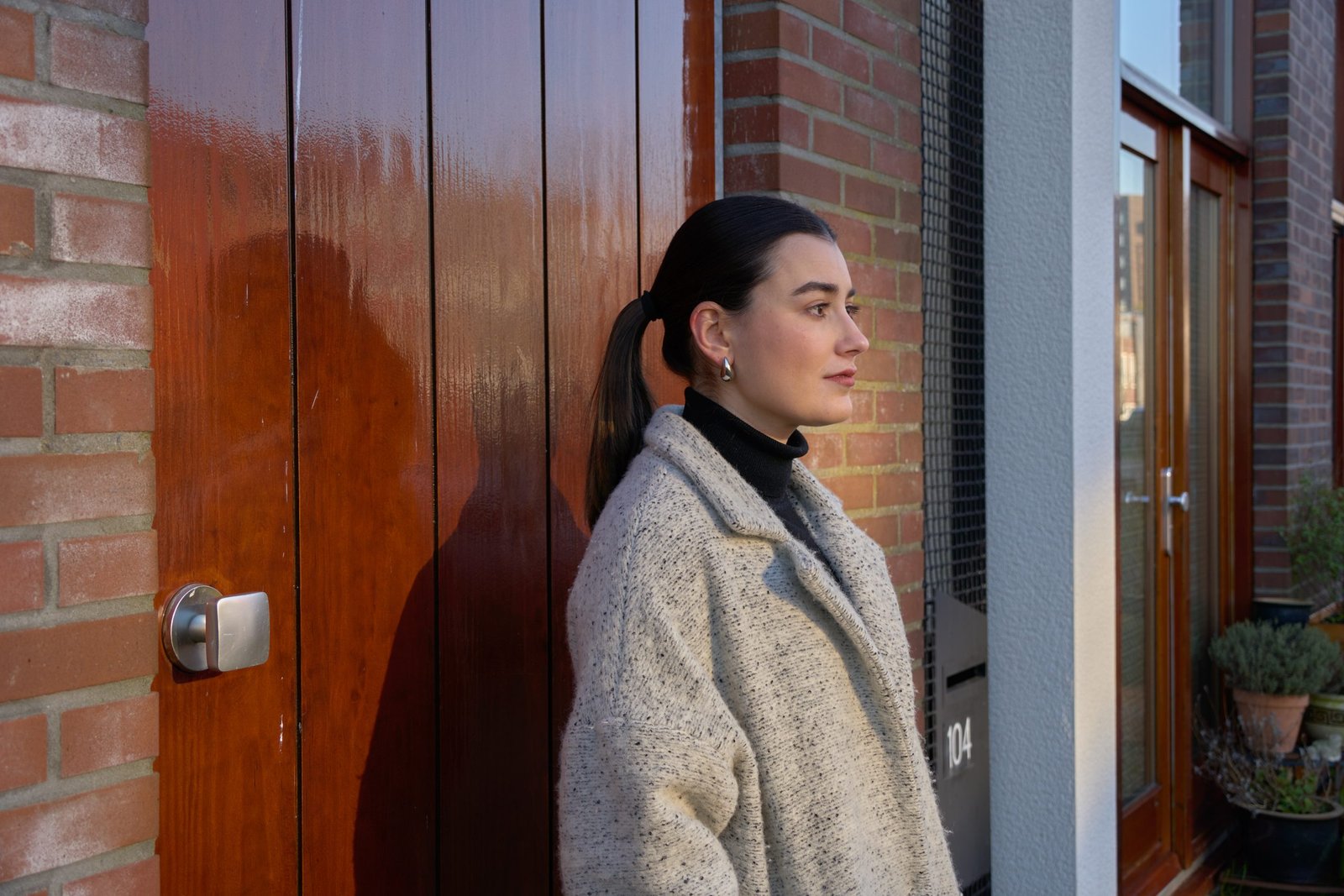
Optical Performance
Wide-End Performance (16-35mm)
The inclusion of a true 16mm wide-angle setting (equivalent to 24mm in full-frame terms) is a game-changer for an all-in-one zoom. At 16mm, the lens displays good center sharpness even at its widest aperture, with only minor softening toward the corners. By f/5.6, corner sharpness improves significantly, making it entirely usable for landscape photography.
Distortion is well-controlled for an ultra-wide zoom starting point, with some barrel distortion present but easily correctable in-camera or during post-processing. Chromatic aberration is visible in high-contrast areas at wider apertures but largely disappears when stopped down to f/5.6 or beyond.
Mid-Range Performance (35-100mm)
The lens really shines in the mid-range, where images show excellent sharpness and contrast. This range is ideal for portraits, and the lens delivers pleasing results with good subject separation. At 70mm, where the lens achieves its impressive 1:2 maximum magnification ratio, close-up shots reveal surprising detail and clarity.
Vignetting is minimal throughout this range, and the background blur (bokeh), while not as creamy as what you’d get from a fast prime, is smooth and non-distracting.
Telephoto Performance (100-300mm)
Reaching to 300mm (equivalent to 450mm on full-frame), this lens takes you deep into super-telephoto territory. At these longer focal lengths, there’s an inevitable decrease in sharpness compared to the wide and mid ranges, but images remain impressively detailed for an all-in-one zoom.
The variable maximum aperture reaches f/6.7 at the long end, which means you’ll need good light or higher ISO settings for faster shutter speeds. That said, the effective optical stabilization helps tremendously here, allowing for sharp handheld shots at surprisingly slow shutter speeds.
Macro Capabilities
One of the most impressive features of this lens is its 1:2 maximum magnification ratio at 70mm, allowing you to capture detailed close-ups of flowers, insects, and other small subjects. The minimum focusing distance of 17cm at the wide end also allows for creative close-up wide-angle shots that most all-in-one zooms can’t achieve.
The close focusing capabilities throughout the zoom range (1:3 at the wide end and 1:4 at the telephoto end) make this an exceptionally versatile tool for photographers who enjoy macro photography but don’t want to carry a dedicated macro lens.
Autofocus Performance
The High-response Linear Actuator (HLA) motor delivers fast, precise, and nearly silent autofocus. In good lighting conditions, focus acquisition is virtually instantaneous, even when zooming from one extreme to the other. In lower light, especially at the telephoto end with its modest maximum aperture, focusing can slow down somewhat but remains reliable.
When tracking moving subjects, the lens performed admirably considering its all-in-one nature. While it may not match the tracking capabilities of Sigma’s dedicated sports lenses, it handled casual sports photography and wildlife with competence, particularly when paired with cameras featuring advanced AF systems.
The near-silent operation of the autofocus system also makes this lens suitable for video work, with minimal focusing noise picked up by in-camera microphones.
Image Stabilization
The Optical Stabilizer (OS) system, powered by Sigma’s OS2 algorithm, is remarkably effective. Sigma claims 6 stops of stabilization at the wide end and 4.5 stops at the telephoto end, and our testing found these figures to be reasonably accurate.
At 300mm, sharp handheld images were consistently possible at shutter speeds as slow as 1/30 second, which is impressive considering the general rule of thumb would suggest a minimum of 1/450 second without stabilization. This effective stabilization system greatly enhances the lens’s versatility in challenging lighting conditions.

Real-World Applications
Travel Photography
If there’s one scenario where this lens truly excels, it’s travel photography. The ability to capture wide vistas, architectural details, street scenes, and distant subjects with a single lens makes it an ideal travel companion. The relatively compact size and modest weight mean it won’t weigh you down during long days of exploration, and the weather sealing provides peace of mind in changing conditions.
During a day of city shooting, the lens transitioned seamlessly from wide-angle cityscapes to telephoto detail shots of distant architecture without missing a beat. The convenience of not having to change lenses in dusty or crowded environments cannot be overstated.
Family Events and Everyday Photography
For family gatherings, school events, or everyday documentation, the versatility of this lens is hard to beat. The wide end is perfect for group shots in tight spaces, while the telephoto reach allows you to capture candid moments from a respectful distance. The fast, quiet autofocus ensures you won’t miss fleeting expressions or actions.
The relatively modest maximum aperture does limit low-light performance somewhat, particularly at the long end, but the effective image stabilization helps compensate for this limitation when shooting static subjects.
Wildlife and Sports
While not specifically designed for these demanding genres, the 300mm reach (equivalent to 450mm on full-frame) puts a wide range of wildlife and sports subjects within reach. The lens handled birds in flight and youth sports adequately, though serious enthusiasts in these genres might prefer lenses with faster maximum apertures for better subject isolation and low-light performance.
That said, for casual wildlife and sports photography, particularly in good lighting conditions, this lens offers tremendous flexibility without the bulk and weight of dedicated telephoto lenses.
Landscape Photography
The 16mm wide end, equivalent to 24mm in full-frame terms, is ideal for expansive landscape scenes. Stopped down to f/8-f/11, the lens delivers good corner-to-corner sharpness for landscape work. The ability to zoom in to isolate distant elements of the landscape adds creative flexibility that wider fixed focal length lenses can’t match.
Close-Up and Macro
With its impressive 1:2 maximum magnification at 70mm, this lens serves as a capable stand-in for a dedicated macro lens for many subjects. Flowers, insects, and detailed textures are all rendered with pleasing clarity, though working distance is somewhat limited compared to true macro lenses.

Comparisons with Competitors
The most direct competitors to the Sigma 16-300mm are lenses like the Tamron 18-300mm f/3.5-6.3 Di III-A VC VXD for APS-C mirrorless cameras. The Sigma distinguishes itself with its wider 16mm starting point (versus 18mm), which provides noticeably more expansive wide-angle perspectives. The Sigma also boasts a slightly better maximum magnification ratio (1:2 versus 1:3.1 for the Tamron).
Compared to lenses like the Sony E 18-135mm f/3.5-5.6 OSS or Fujifilm XF 18-135mm f/3.5-5.6 R LM OIS WR, the Sigma offers significantly more reach on the telephoto end, though these competitors maintain a slightly brighter maximum aperture at their respective maximum focal lengths.
Image Quality Samples
Throughout the testing period, the lens consistently delivered pleasing images with good detail, contrast, and color rendition. Landscapes at 16mm showed expansive views with well-controlled distortion, while telephoto shots at 300mm captured distant details with surprising clarity for an all-in-one zoom.
Close-up shots at 70mm revealed intricate textures and details, demonstrating the lens’s versatility beyond standard zoom capabilities. Even in challenging backlit situations, the lens handled flare and ghosting admirably, producing contrasty images with minimal artifacts.
Limitations
No lens is perfect, and the Sigma 16-300mm does come with some inherent compromises:
- Variable maximum aperture: The f/3.5-6.7 aperture range means limited light-gathering abilities, particularly at the telephoto end. This can necessitate higher ISO settings in challenging light.
- Some softness at extremes: While generally sharp, there is some inevitable softness at 300mm, particularly at wider apertures. Stopping down improves matters, but requires even more light.
- Focus breathing: Despite Sigma’s claims of reduced focus breathing, some change in angle of view is noticeable when focusing, which might be a consideration for serious videographers.
- Size and weight: Though impressively compact for its range, it’s still substantially larger and heavier than standard kit lenses, which might be a consideration for those prioritizing absolute minimalism.
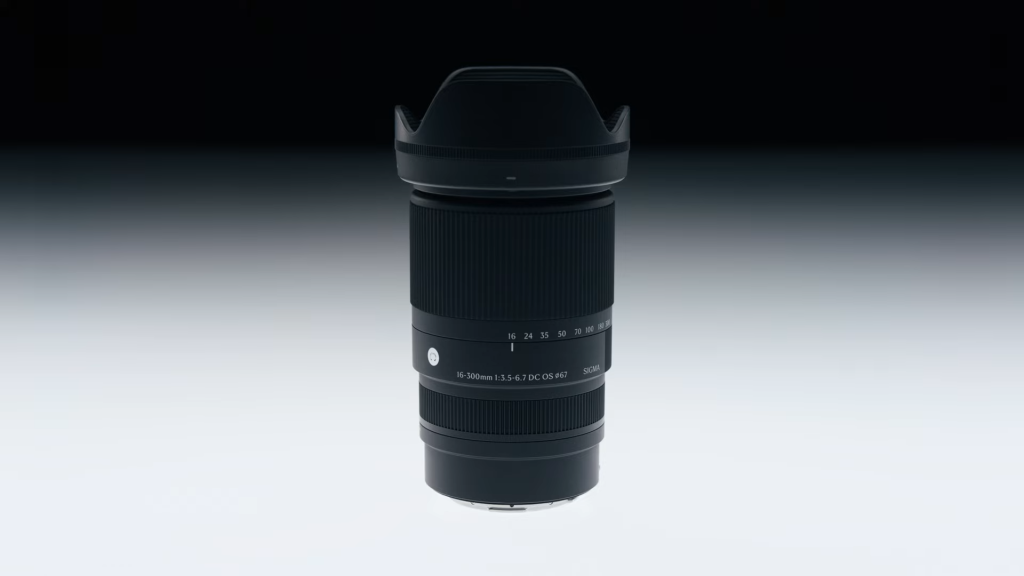
Conclusion
The Sigma 16-300mm F3.5-6.7 DC OS | Contemporary is a remarkable achievement in lens design. By offering an unprecedented focal range starting at a true wide-angle 16mm and extending all the way to 300mm, while maintaining good optical quality throughout, Sigma has created perhaps the ultimate all-in-one zoom for APS-C mirrorless cameras.
The inclusion of effective image stabilization, fast and accurate autofocus, impressive close-focusing capabilities, and weather-resistant construction further enhances its appeal. While it can’t match the optical excellence or light-gathering ability of prime lenses or more limited zoom ranges, the convenience it offers is undeniable.
For travel photographers, family documentarians, and versatile generalists who value flexibility and convenience without sacrificing too much in image quality, this lens represents an excellent option. It’s the kind of lens that could easily become the only lens many photographers need for day-to-day shooting.
Buy Sigma 16-300mm F3.5-6.7 DC OS | Contemporary
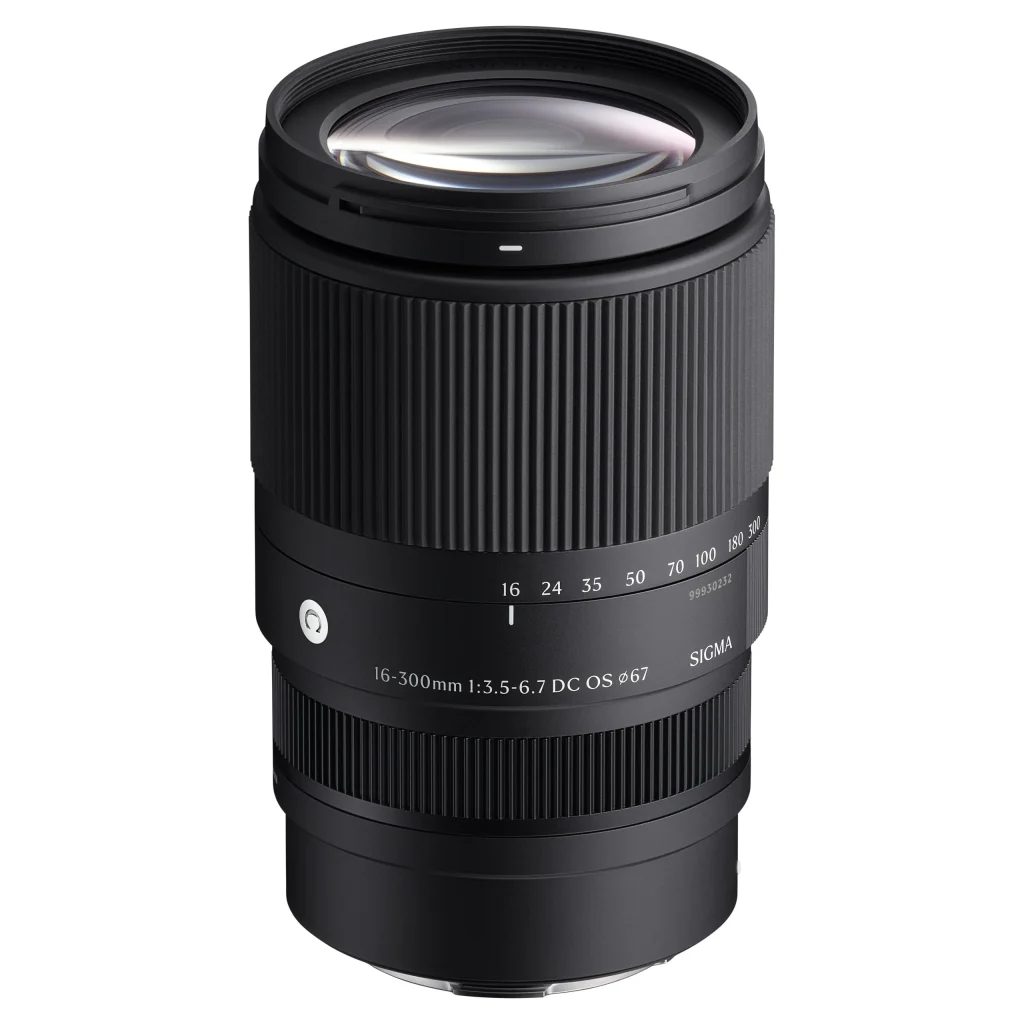
The Sigma 16-300mm F3.5-6.7 DC OS | Contemporary is available now from Campkins Cameras, with expert advice and support to help you get the most from this versatile all-in-one zoom lens.

